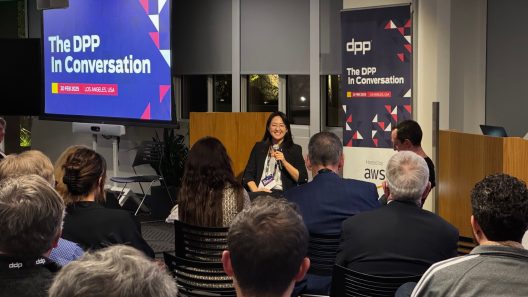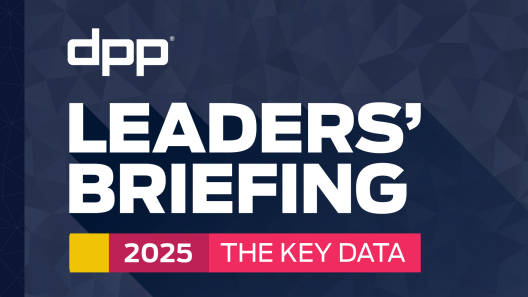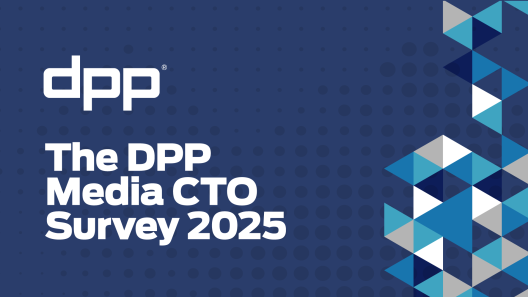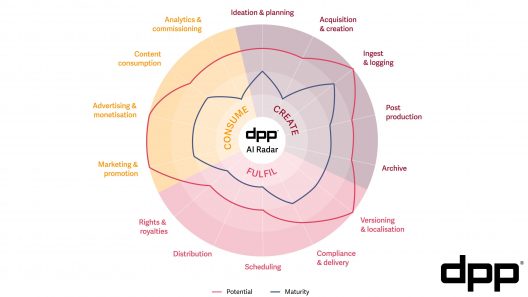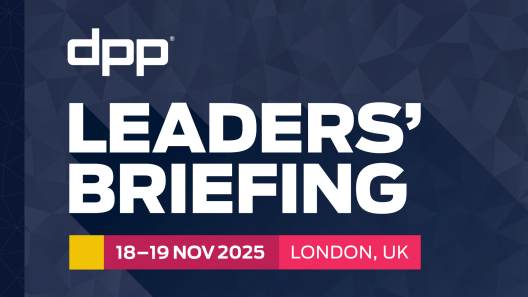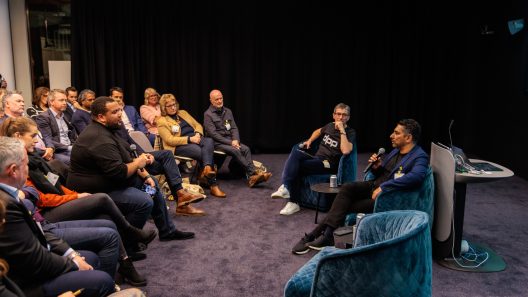How consumer behaviour is changing
TV and video advertising is evolving as viewers increasingly shift online. At the IAB Newfronts event in June, Samsung, the world’s largest TV manufacturer, shared data showing that 58% of watch time on their connected TVs is streaming, with 44% of that on ad-supported services. In the UK, consumers now stream an average of 1.5 hours per day, across all screens.
Linear TV advertising has a younger cousin in addressable advertising, for video on demand and live streaming on set-top boxes and connected TVs. Addressable brings the capability to customise ads and make them more relevant for specific viewers. With COVID-19, it feels like we’ve jumped forward 3-5 years in terms of digital adoption, accelerating the opportunity to make TV advertising better.
“Extending IMF to better support advertising use cases can help to realise these commercial opportunities more quickly and at a lower cost for all members of the TV advertising ecosystem.” Justin Gupta, Head of Broadcast & Entertainment Partnerships, UK & Ireland, Google, Unlocking Opportunities with IMF for Advertising
And this shift can create a better experience, if executed correctly. Viewers pay as much as three times the attention to ads that are relevant to them - and 1 in 3 viewers will abandon platforms with a bad advertising experience. Advertisers are now able to bring digital targeting capabilities to TV so broadcasters can access new advertisers, increase their sell-through, and decrease wastage.
This sounds great, why isn’t everyone doing it?
Sky has had the capability to customise ads since 2014 through Sky AdSmart, and ITV is about to roll out its addressable advertising buying platform, Planet V, to trade ad spots on the ITV Hub. As broadcasters and video platforms devise new ways to deliver more targeted, customised advertising, the pool of advertising inventory available is increasing.
But TV workflows and trading dynamics have not yet caught up, with different approaches in different markets and critical compliance rules to follow, such as those managed by Clearcast in the UK or the ARPP in France. What’s missing is an ability to create, deliver and measure addressable ads in an affordable way, to make it easier for advertisers to customise their ads without costly re-shoots and edits.
What if it were possible to efficiently generate hundreds or thousands of different variants of an ad, in order to capture the opportunity of making advertising three times more relevant?
Enter IMF for Ads
The IMF (Interoperable Master Format) is a component-based authoring format that addresses challenges around localisation and modification of content by giving content owners the ability to maintain a master package and only send changes. This increases speed and efficiency, and decreases storage requirements.
File based delivery changed the dynamics of the broadcast industry, and IMF takes it to the next level. Many suppliers in the creative tool chain have adopted IMF, and it is notable that IMF is the only video packaging format supported by Netflix for all content delivery.
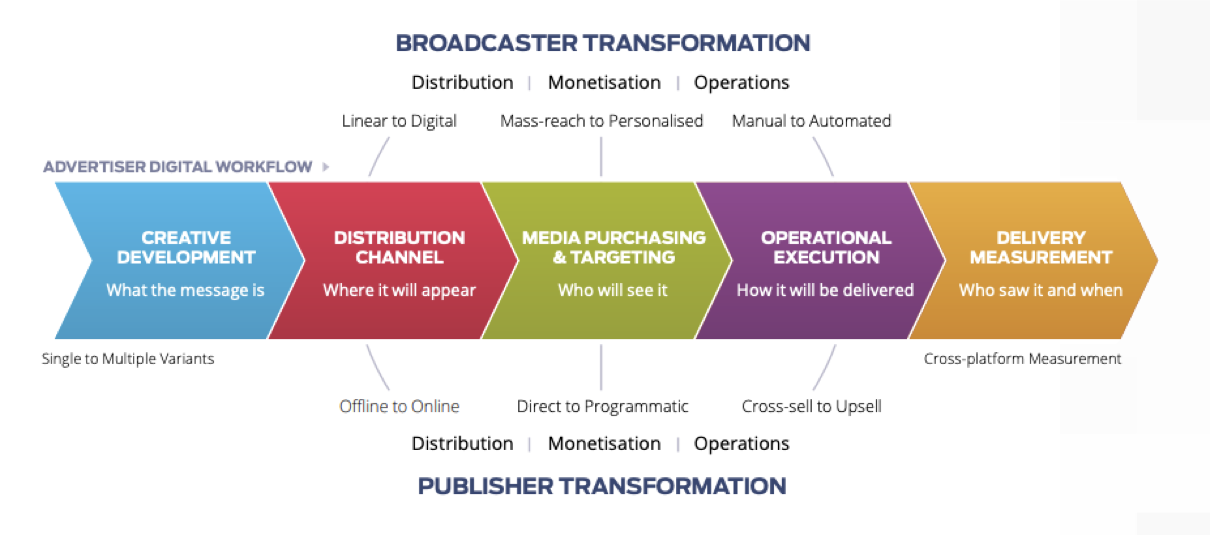
IMF for Advertising is an application of the IMF driven by the DPP IMF for Ads project group, aiming to bring the capabilities of IMF to addressable advertising use cases. In a nutshell, a single IMF package could contain every variant of an advert, along with the metadata to explain the running order of each playlist and any necessary targeting data.
This will generate real benefits for everyone involved in TV advertising:
- Advertisers and Agencies can efficiently create multiple versions of the same ad and target them based on the location and interests of viewers. They can also enable digital measurement and support programmatic buying
- Broadcasters and Sales Houses can create a scalable way to deliver customisation for advertisers, that can meet all TV compliance requirements, bringing greater value by enhancing targeting, increasing sell-through, and bringing in new advertisers
- Viewers will experience ads that are up to three times more engaging because they’re more relevant to them
The project group has already run two proof of concept tests to demonstrate how multi-variant addressable TV ads can be compliance checked and delivered to broadcasters with video overlayed on top of an existing creative. The next step for the project group is to explore the cost savings and revenue increases that this approach unlocks and apply them to real world scenarios.
Commercial use cases
Demographic targeting
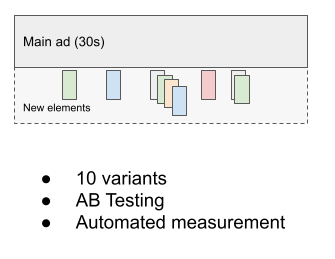
Demographic targeting
- What? Multiple versions of an ad to target different demographic groups
- How? Storing all the targeted variants within an IMF package, with metadata to allow the variants to be matched up at the broadcaster or publisher
- So what? Provides a way to distribute ads with multiple variants to TV sales houses and compliance bodies, enabling much greater targeting than before
- Key benefits? Better targeting for advertisers, higher revenue for broadcaster and publishers, more relevant and engaging ads for viewers
- Additional benefits? How about multivariate A/B testing and optimisation on TV? e.g. which ad gets a better view through, the red car or the yellow car?
Location targeting
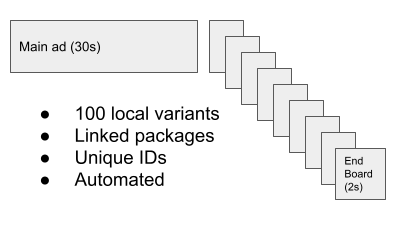
Location targeting
- What? Current processes limit customisation to tens of variants. To truly unlock the benefits we need to support 100s or 1000s to show dealer or retailer locations across the country
- How? One spot with multiple end boards, such as car dealerships, pharmacy locations, etc
- So what? Reduce the production and distribution cost of localised ads
- Key benefits? Cost savings and better targeting
- Additional benefits? Brand promotion to drive footfall into stores
Brand safety
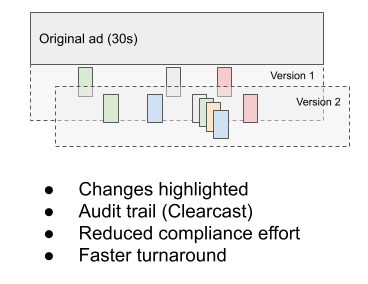
Brand safety
- What? As TV goes digital and the number of ad campaigns and variants increases, we need a robust system to validate that all ads have been cleared
- How? Track all version changes and approvals through Clearcast
- So what? Today’s manual processes require manual reconciliation and drive risk. If we can reduce the risk profile, we can unlock the opportunities
- Key benefits? Manage risk and reduce time for changes
What's next
The DPP IMF for Ads project group has, so far, focused on technical POCs, working with key players in the ad delivery ecosystem and tool vendors. Now, we want to demonstrate the efficacy of the business model with end-to-end live tests of real ads from creative agencies through compliance to ad distribution platforms.
To achieve this, we would like to extend the trials to creative agencies and brands. We’ll explore how we can increase revenues through added value ad inventory, and improve efficiency through low cost workflows to comply, deliver and track multi-variant ads. And of course maintain the current TV ad compliance regime to ensure brand safety across digital platforms.
Get involved
To find out more or to get involved with this work, please contact:
If your company is not a DPP member, you can learn more about the benefits of membership, or contact Michelle to discuss joining.
If your company is not a DPP member, you can learn more about the benefits of membership, or contact Michelle to discuss joining.
With thanks to our contributors






